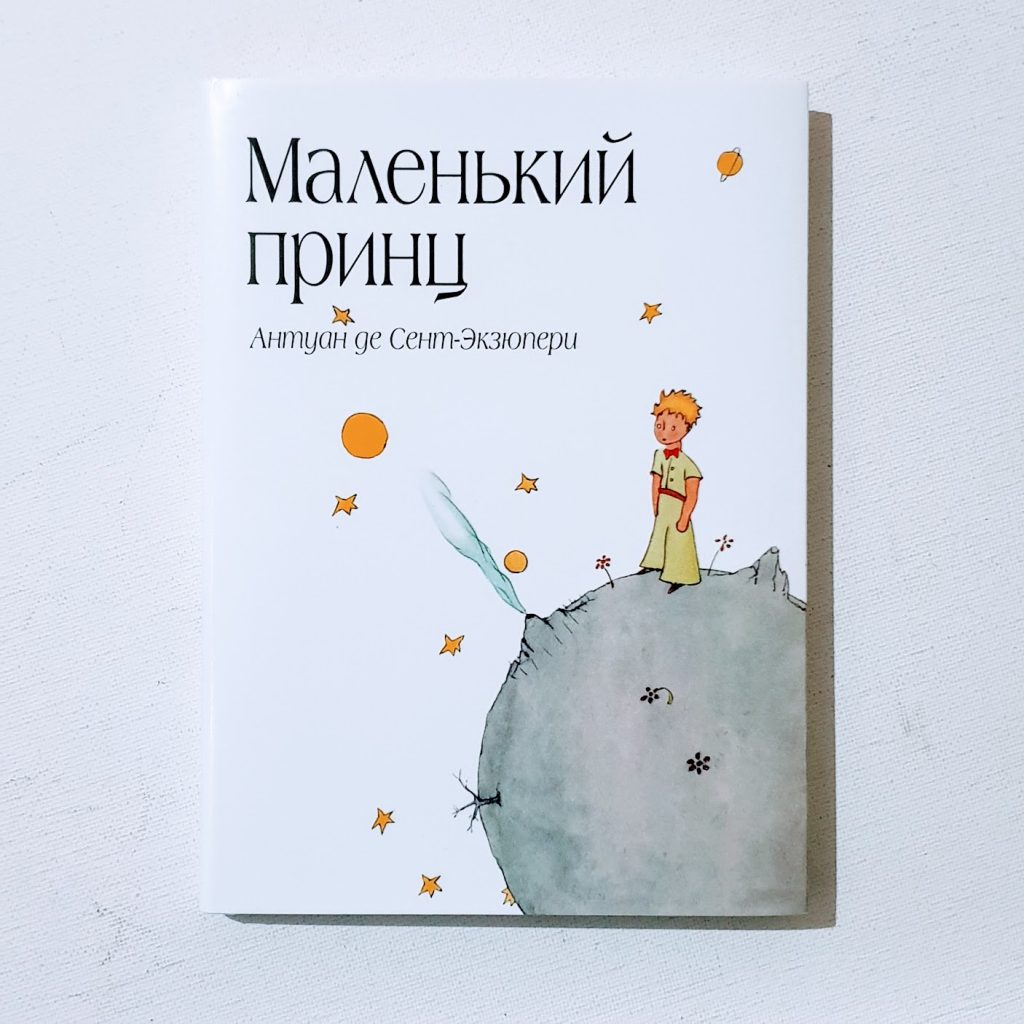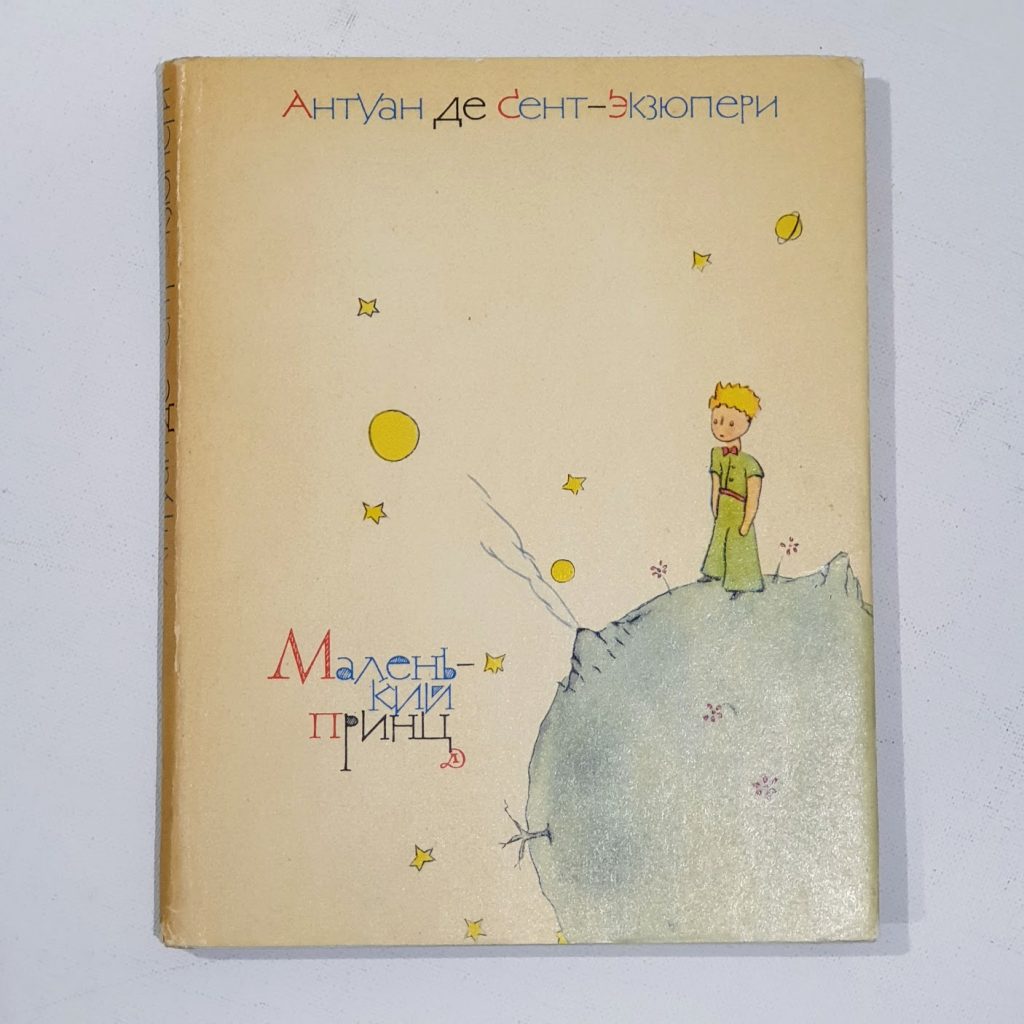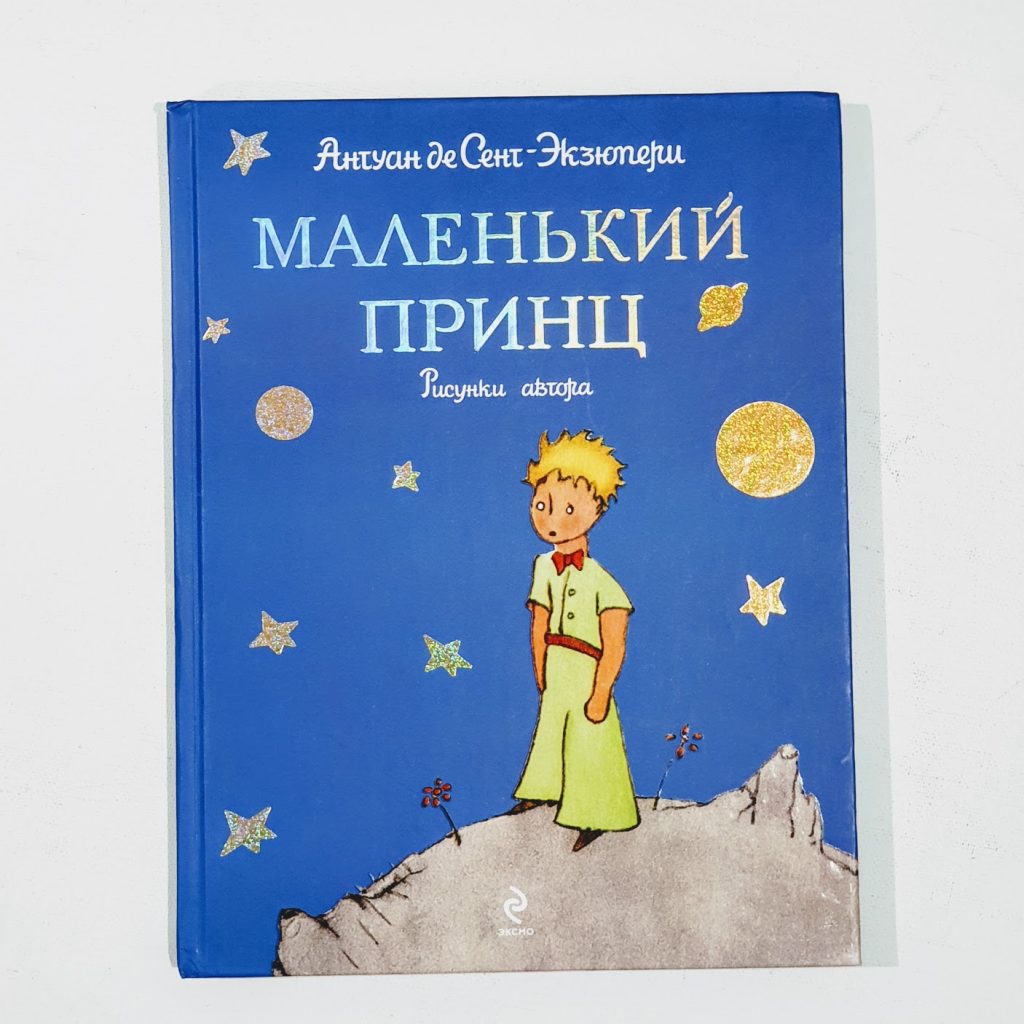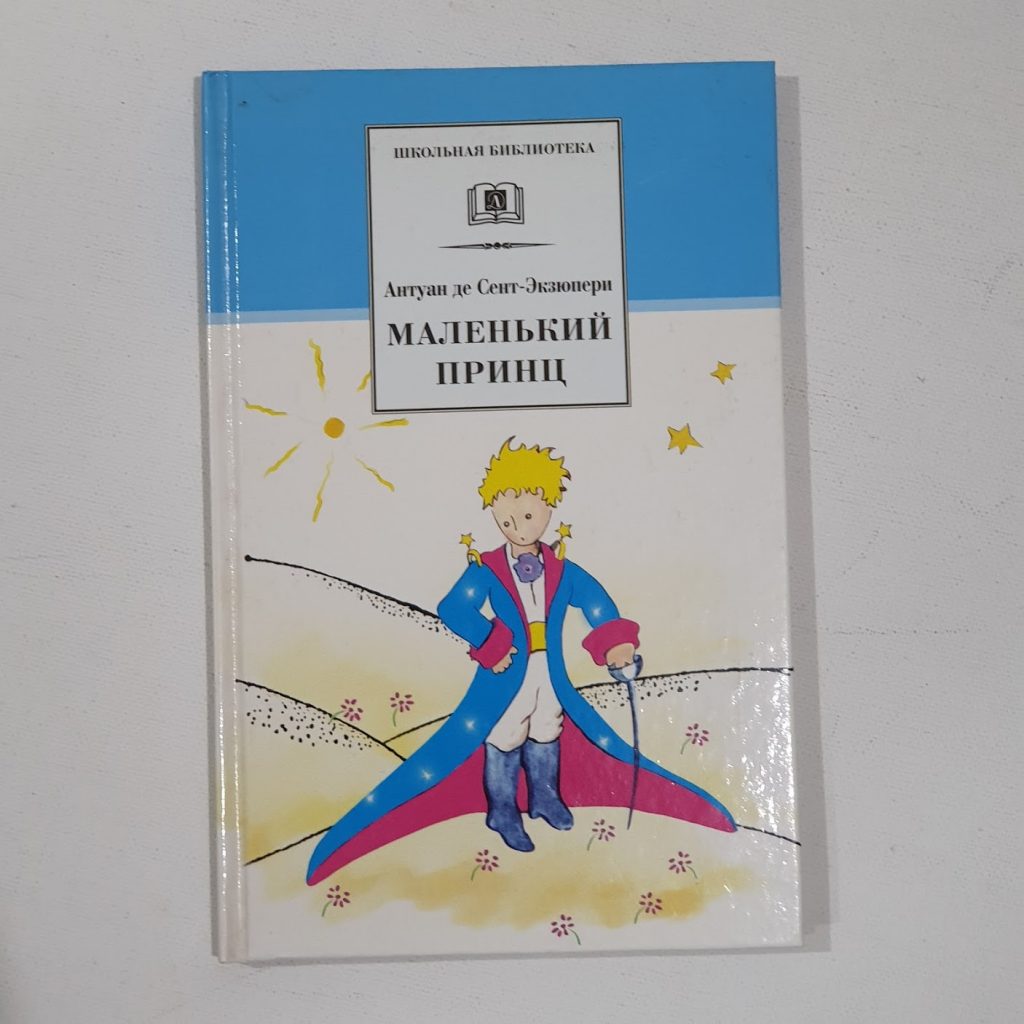
Маленький Принц (Malenky Prints) — in Russian language, published by Eksmo, Moscow 2019.
Russian is a Slavic language spoken by over 258 million people worldwide, primarily in Russia, but also in many other countries in Eastern Europe and Central Asia. It is the most widely spoken Slavic language and the eighth most spoken language in the world.
Russian has a complex grammatical structure, with a rich system of cases, tenses, and aspects to indicate grammatical relationships. It also has a unique system of verb conjugation, with six different persons and three different tenses (past, present, and future). Additionally, Russian has a complex system of stress, with stress patterns that are not always predictable based on spelling.
Russian has had a significant impact on world literature, music, and art, and has been the language of many important writers and thinkers throughout history. It has also played an important role in global politics and international relations, as it is one of the six official languages of the United Nations.
Despite the many complexities of the Russian language, it is widely studied and used around the world. Many people learn Russian for business or academic purposes, and it is also spoken as a second language by many non-native speakers in countries where Russian has historically had a significant presence, such as Kazakhstan, Ukraine, and Belarus.

Маленький Принц (Malenky Prints) — published by Detskaya Literatura, Moscow 1967.
The Russian language uses the Cyrillic alphabet. It is named after the 9th-century Byzantine missionary Saint Cyril, who, along with his brother Saint Methodius, created the Glagolitic alphabet, which was later adapted into the Cyrillic script.
The Cyrillic alphabet consists of 33 letters, including 10 vowels and 23 consonants. It has evolved over time and has been modified to include additional letters to represent sounds in various languages. The script is used for languages such as Russian, Ukrainian, Bulgarian, Serbian, and Macedonian. The use of Cyrillic script has been an important factor in the cultural and political identity of many Slavic nations. It has played a key role in the development of literature, music, and art, and has been used in important historical and religious texts.

Маленький Принц (Malenky Prints) — published by Eksmo, Moscow 2014.
The history of the Russian language can be traced back to the 10th century, when the Old East Slavic language began to emerge as a distinct language spoken by the East Slavic tribes living in what is now Russia, Ukraine, and Belarus. Over the centuries, the Russian language continued to evolve and develop, incorporating elements from other Slavic languages as well as from other cultures with which Russia had contact. The most significant period of development occurred during the 18th and 19th centuries, when the Russian Empire expanded and modernization efforts led to significant changes in the language.
In the 18th century, Russian began to be used more widely as the language of government, literature, and culture in Russia. The Russian Empire became a major power in Europe, and the language became an important tool for diplomacy and international relations.
In the 19th century, Russian literature flourished, with writers such as Pushkin, Tolstoy, and Dostoevsky producing some of the greatest works of world literature. The language also continued to evolve, with new vocabulary and grammar rules being developed to reflect changes in society and technology.
The Soviet era, which began in 1917, had a significant impact on the Russian language. The government implemented policies aimed at promoting literacy and standardizing the language, leading to the creation of a new Soviet literary language that was more accessible to the masses. However, these efforts also resulted in the loss of many traditional linguistic features and the adoption of new words and terminology.
Following the collapse of the Soviet Union in 1991, the Russian language continued to evolve, with new words and expressions reflecting changes in society and technology.

Маленький Принц (Malenky Prints) — published by Detskaya Literatura, Moscow 2004. The first Russian translation I got. The printing technology used will remind us of old time books.
Download the PDF file here: [LINK]


